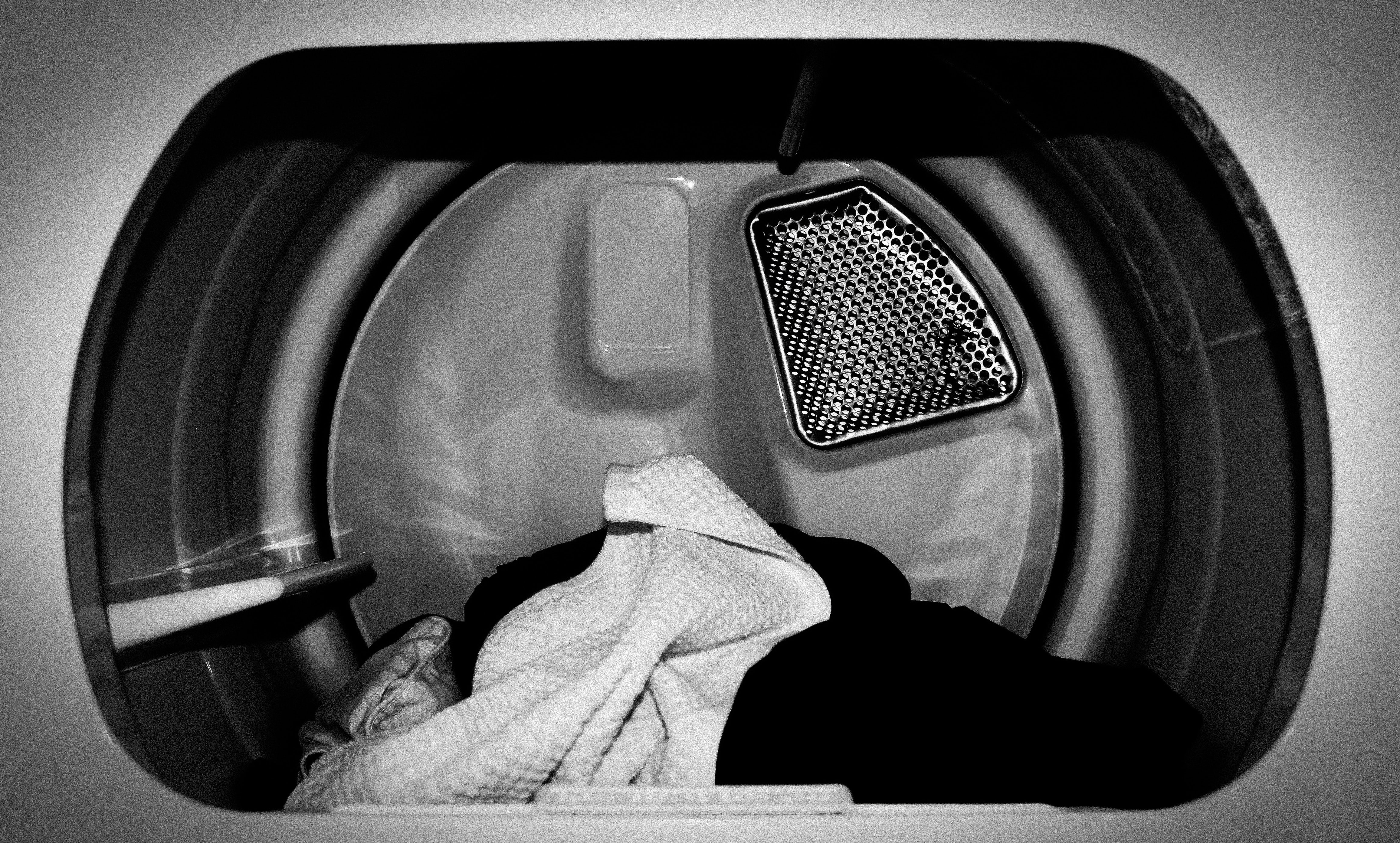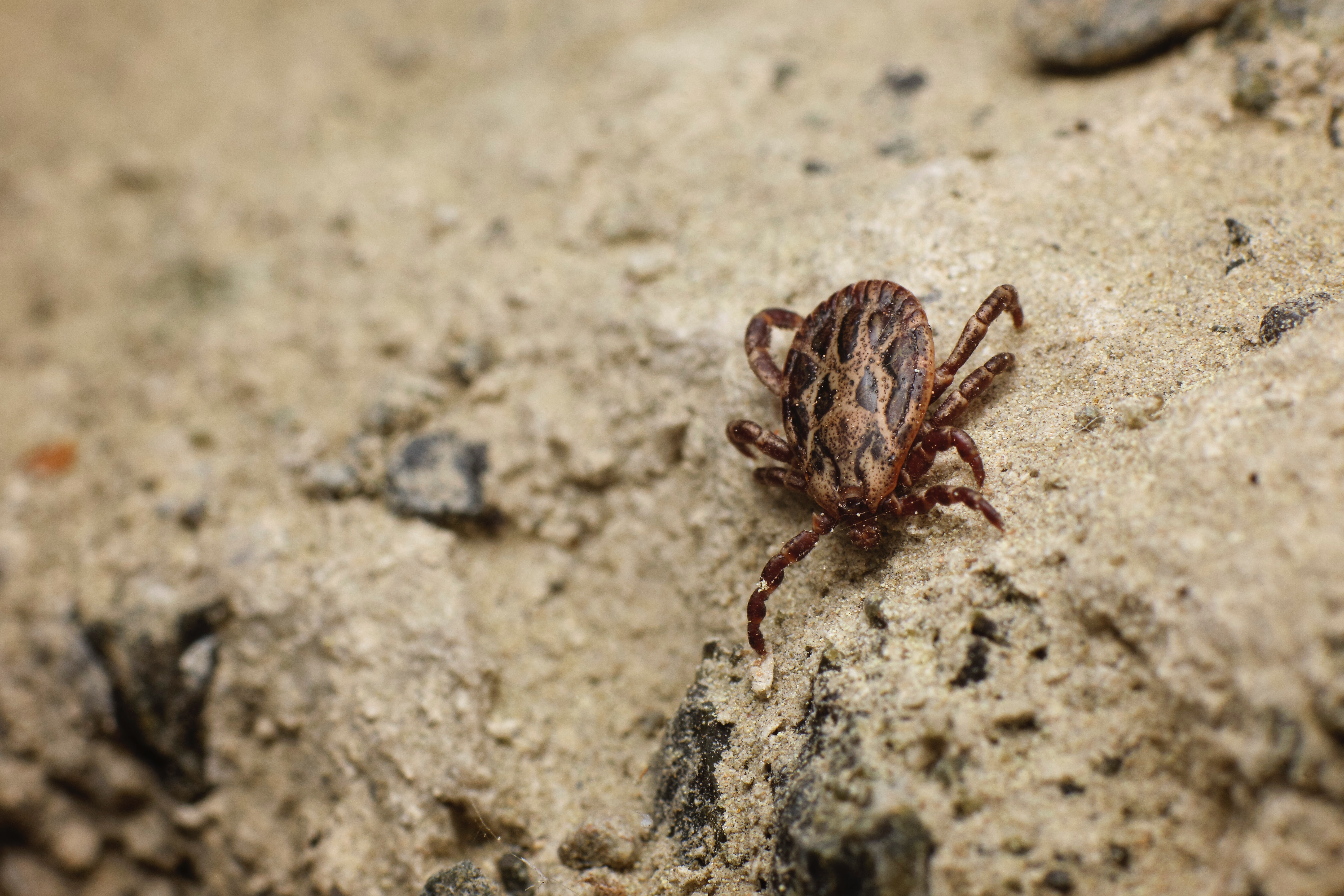Summer usually means lots of outdoor walking and hiking. People go out to walk in the woods or climb the mountains simply to get out of the stuffy cities.
However, even far from civilization, we must be alert since summer is also a peak of tick season! Whenever you go outside, either for a walk or for an extended hiking trip, making sure that you don’t bring these tiny bloodsuckers with you is mandatory.
Ticks often transmit dangerous diseases, so checking your clothing after you have been outdoors must be done thoroughly.
Naturally, people often wonder whether ticks live on clothes, and where ticks live if they get indoors. And this is what we are going to figure out today.
How Long Can Ticks Live On Clothing?
There is no specific term for how long different species of ticks can stay attached to your clothes and live like that. However, in general, we should expect these creatures to stay alive and active for approximately two or three days, but surely no less than twenty-four hours.
These pests don’t just remain attached to your garments, they crawl onto your skin in order to suck your blood. The feeding process usually lasts for a few days until a tick is full, and then it can fall off itself.
However, since some of these critters carry dangerous diseases, such as Lyme disease or Rocky Mountain Fever, it is our very responsibility to spot them as soon as possible and remove them from our clothes.
Can ticks go through your clothes?
Actually, they can’t, but ticks can indeed bite through some very light fabrics, so be sure to wear something not too light when going outside, especially if you know it is a tick season now.

How long do ticks live on humans?
If the critter gets onto your skin and attaches to it for feeding, it will stay there for several days for sure, sometimes for as long as a week.
And since the first symptoms of tick bite appear only after a week or so after you have been bitten, it is vitally important to spot the creature in time to carefully and harmlessly delete it.
Ticks can get into your home either on you or on your pet’s fur, on your clothes, hiking gear, or anything else that has been in contact with grass outdoors. This is why the proper examination of yourself, your pets, and your belongings is so essential.
Where Do Ticks Live Indoors?
Honestly speaking, ticks rarely dwell indoors. Nevertheless, it is always good to take precautionary measures and ensure these blood-sucking pests have not made a nest in your house!
Usually, these pests enjoy moist and humid areas with a humidity level of 90 and higher (for instance, in wet hampers!). They also like mice burrows, and other dwellings where rodents live. But in general, both mature and immature ticks can not survive more than a few days in a climate-controlled house. Some of them, such as deer ticks, will dry out and die after several hours of staying in such surroundings.
How to Remove a Tick From Your Garment And Keep It Away
So what shall you do once you spot a tick on your clothes? Most of us would probably panic, however, the procedure is rather simple if you do everything right. See, the most common species of ticks that can end up and ride on our garments are Deer ticks, Dog ticks, and Lone Star ticks.
Each of these species usually remains on the garments for different periods of time.

However, it is almost impossible for a non-specialist to identify which one of those is attached to your clothing. So what must be done to deal with the problem?
First of all, start with drying your clothes for twenty minutes in a tumble dryer since the high temperature will kill the pests for sure.
Yes, it may sound weird to most of you as we normally begin with washing first.
However, if you just launder the garments with the tick (or ticks) on, it will be no good since these critters will not die. Moreover, they will surely stay attached even after the wash! That can cause a hazard if you toss these garments into a pile with other freshly washed apparel.
Only after the infested clothes are dried, can you proceed to launder them as usual according to the requirements on the care tag. Also, remember to apply tick repellent on the exposed skin and clothes (especially on your socks, shoes, shorts/pants, and t-shirt) each time you go outside. It will help to add extra protection and scare the potential hazard off you. Besides, the repellent will prevent ticks from crawling under your clothing and biting you.
Of course, if you have enough time and patience, you can always put the infested clothes or gear into a plastic bag, tie it tightly, and leave it in your garage for two or three days and wait until ticks die out naturally (since they don’t live long indoors and simply dry out sooner or later).
However, this method takes way too much time, by the way, you can never be absolutely sure that the ticks are dead as some species are able to last longer than others.
For this reason, drying your clothes is the optimal way to get rid of these pests once and for all.
Finally, remember to keep the area around your house clean and dry. Cut the grass short and remove the weeds as ticks love grassy areas. Also, clean the dry leaves to exclude any potential hideouts these blood-sucking pests can stay in. If you do so, you will give ticks no chance of invading your yard and house.
As you can see, dealing with ticks that have attached to your clothes is not rocket science. Several easy steps and your garments are free from these pests.
And if you remember to use precautionary measures regularly, ticks will never get into your house!

I have recently found a tick in my bathroom. I got rid of it and it seems that there are no others left in the house. But just in case: how long do ticks live?
Shall I expect them to appear soon again if any eggs were laid or adult pests are hiding somewhere?
As far as I know, ticks don’t lay eggs indoors since the conditions are not proper for them. As for the adults, even if there are any left in your house, they will die in several days.
See, ticks are not meant for living indoors, they need humid and shady areas, with tall grass, etc.
Even if they are hiding somewhere in your house, you need to search for them in mice burrows or in the wet laundry baskets!
Where do ticks usually live? I spend a lot of time outdoors and I’d not like to bring them into my home at all!
Well, these pests prefer grassy and humid areas, piles of dry leaves, and bushes. Shady and wet, that’s what they truly love and where they flourish!